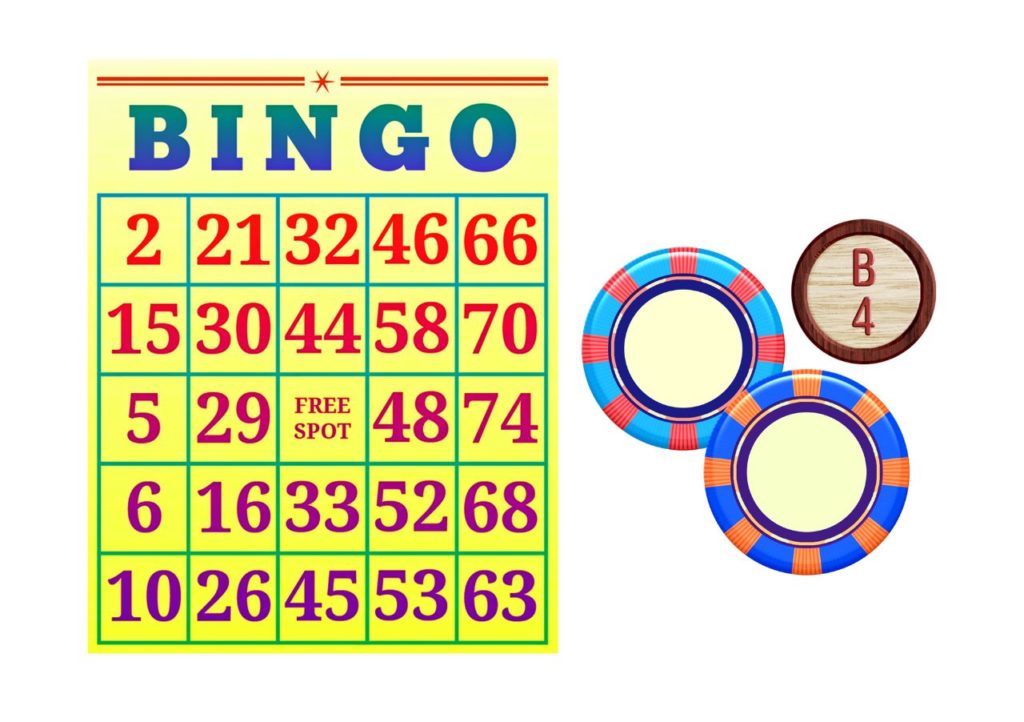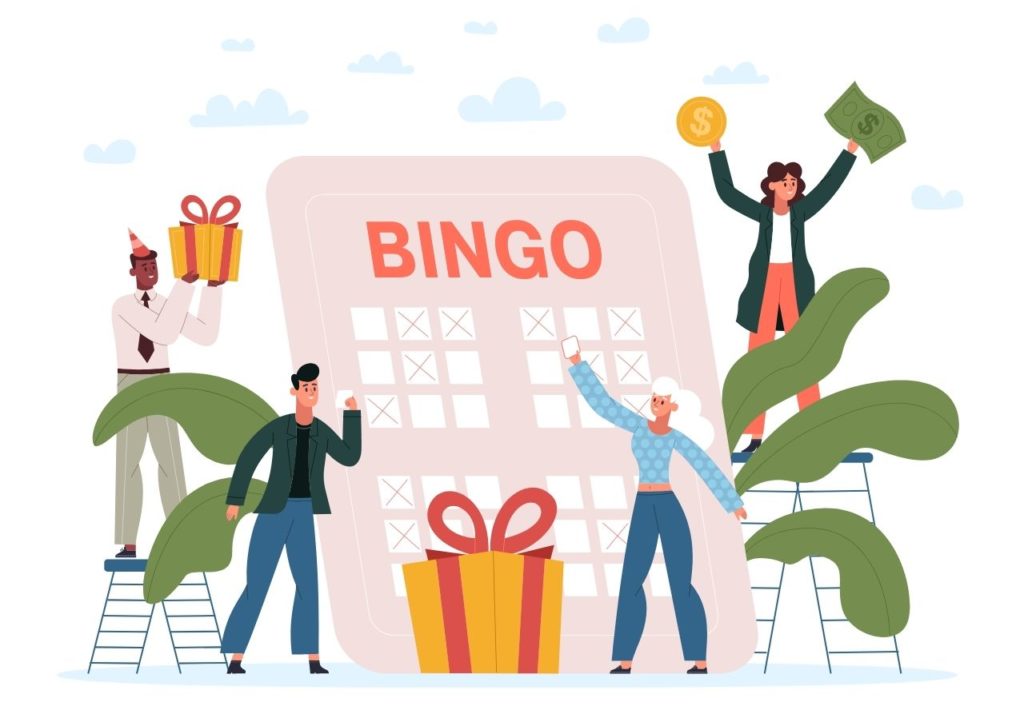Don’t miss a single bonus
Subscribe to our newsletter and find out first about the safest casinos and games with the best bonuses
Gambling games have always had a very rich and interesting past that, whether or not you care for it, they should at least be acknowledged as a significant part of human history as a whole. And while it may not go as far back as other gambling staples, bingo does still have a very interesting story to tell.
After all, it is not often that a game typically reserved for adult players would actually find itself becoming a fun game in the context of birthday parties, family gatherings, and even community church fundraisers. Free bingo gameplay that’s simple and accessible almost to a fault, so just about anyone can take part in bingo’s unique atmosphere that combines palpable excitement and a communal spirit where everyone shares in the joys of winning.
So let’s take a walk through bingo’s over 500 years of history and maybe learn a thing or two about this fascinating icon of gambling culture.

The Beginning of Bingo
The earliest form of bingo could be traced all the way back to 16th century Italy, where it was called “Il Gioco del Lotto d’Italia,” which can be translated into “The Italian Lottery.” And indeed, this early form of bingo was more of a lottery than anything else, as punters were only playing against the house and not other players, trying to draw numbered tokens to match with numbered squares on a card with 9 columns and 3 rows (a layout that is still used today in modern 90-ball bingo).
This lottery game would eventually spread across Europe, first landing in France as it became quite popular with the country’s aristocrats around the 1700s (or, in other words, the decades leading up to the French Revolution).
The French version of this early bingo was called “Le Lotto”—we’ll leave you to figure out what that means in English—and incorporated some of the mechanics that we now see in today’s iterations. Instead of solo play, Le Lotto was now a competitive game in which players raced to be the first to fill out one row of numbers on the game’s 9x3 grid.
This form of gameplay also manifested in other countries around this time, with examples including a lottery game in the UK, a Mexican game called “La Loteria” which was mostly similar to the French version, and even a version of the game adapted as a teaching tool in some schools in Germany, the latter example being used to teach numbers and letters.
And Bingo Was Its Name-o
At this point, all of the variants of bingo that we have observed have yet to even call the game “bingo.” So where do we get the name from?
To answer that, we will need to sail across the Atlantic and follow the trail of bingo history from the American perspective. Exactly how these popular bingo games made it into the US is not very well agreed upon, but most historians generally agree that it may have been brought home by American troops who were sent to the battlefronts of World War 1. It was in these same trenches that bingo would continue to evolve, with a version of the game called “housey-housey” being a common way for Allied soldiers to spend their downtime.
After the Great War, these veterans would eventually bring the game to their home countries, thereby allowing bingo to take root and flourish in the states.
The first notable version of bingo developed in the US was actually called beano, invented in the 1920s by Hugh J. Ward. Beano was arguably the first variant to use the 5x5 card layout that is used in modern American bingo, complete with the free center space. Called numbers were taken from a cigar box filled with wooden discs, and players would mark matching numbers with beans, from which beano gets its name.
Beano would then spread in popularity across the United States, enough for toymaker and salesman Edwin S. Lowe to notice a game being played in a carnival in Georgia. Noticing the intensely enthusiastic atmosphere of the people playing the game, Lowe sought to adapt the game into a format that he could eventually sell.
He purchased a few basic components and invite friends and colleagues over to play a few test games. It was during one of these test games that one of his players mistakenly yelled out “Bingo” instead of “Beano” in her excitement upon landing a winning line—and thus, Bingo as we know it was born.
Bingo Goes Online
Eventually, though, bingo would find itself at the most significant inflection point of the history of gaming itself—that being the development of online video games. By the 1990s, video gaming itself had already matured quite significantly, but it was its fusion with the Internet and the World Wide Web that would really take gaming to the next level.
This was an especially big deal for bingo online in Canada in particular because of the simple fact that bingo video games simply weren’t viable without the online component. It didn’t exactly make a lot of sense to play a gambling game designed to compete against other players if the game itself couldn’t actually connect you with other players.
The online element now allowed gambling houses to operate completely digitally, with players connecting to new games from practically anywhere in the world right in the comfort of their homes.
Although the actual origins are still disputed, most agree that Cyberbingo was the first website to actually offer the first online bingo service on the World Wide Web. The rest, as they say, is history.

Wrap-Up: Bingo of Tomorrow
Bingo was, like the early lotto games before it, a smash hit in just about every region it spread to. The gameplay was extremely simple to the point that most players can simply tune out, and the game’s format of encouraging large groups of people playing at the same time means that bingo itself felt less like gambling and more like a simple party game that may or may not have a pot of money waiting at the end of it.
In fact, for most people playing bingo for the first time, there may not even be any money stakes at all; bingo became quite popular among non-gamblers in the US as a fun pastime during large gatherings, with even children joining in on the fun to try to win toys, candy, or some other prize.
As it stands today, bingo is still as popular as ever, and continues to be one of the pillars of gambling both online and offline. Even during the massive drop in the industry caused by the coronavirus pandemic, bingo surged in popularity on online platforms, allowing people to both play and bond with each other through the magic of the Internet.
